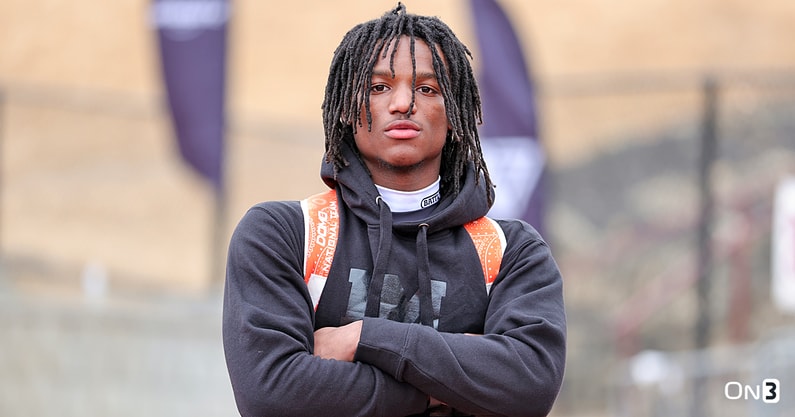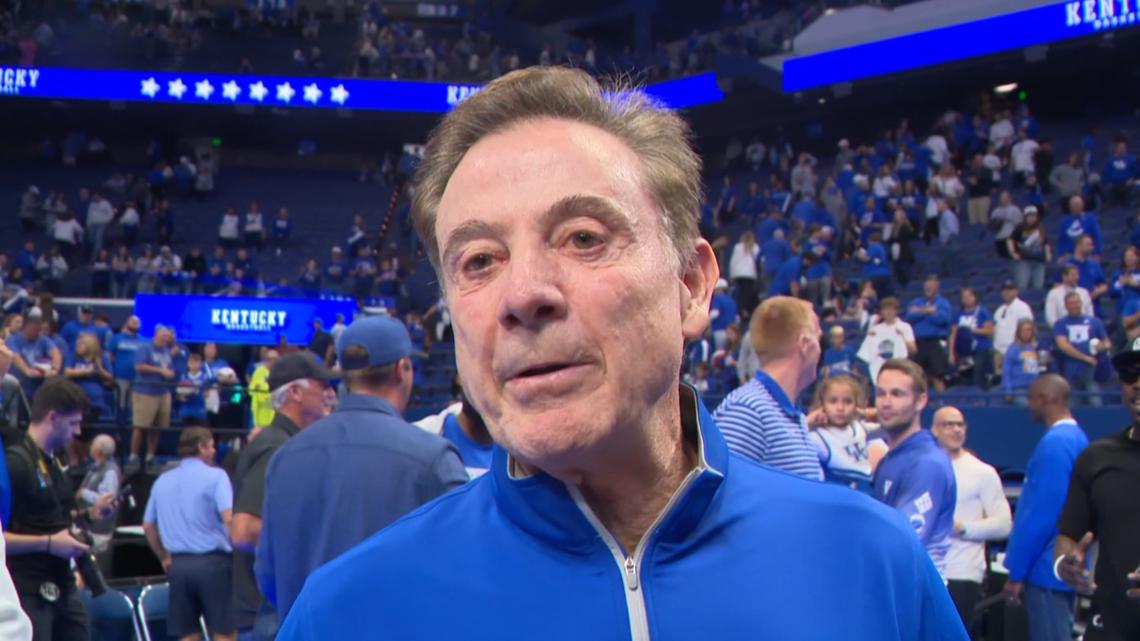Is a Shocking Trade Brewing in Detroit? Why David Montgomery’s Future With the Lions Isn’t as Safe as It Seems
David Montgomery arrived in Detroit with purpose. A tough, gritty runner with a proven track record and a chip on his shoulder, he seemed to embody everything head coach Dan Campbell wanted in a running back. His bruising style complemented the explosiveness of rookie Jahmyr Gibbs in 2023, and the one-two punch became one of the most effective backfield combinations in the NFL. Montgomery not only produced between the tackles but brought a level of physicality and consistency that helped set the tone for Detroit’s offense. He was the hammer. Gibbs was the lightning. The system worked beautifully, and the Lions surged all the way to the NFC Championship Game, powered in no small part by their thunder-and-lightning duo in the backfield.
And yet, as training camp approaches for the 2025 season, whispers have begun to emerge. Could David Montgomery, a player whose hard-nosed play endeared him to teammates and fans alike, actually be a sleeper trade candidate? It sounds unthinkable on the surface—trading away a core offensive piece after such a successful year—but a closer look at Detroit’s roster construction, financial considerations, and long-term strategy reveals why this possibility isn’t as far-fetched as it might seem. In the NFL, timing is everything. And for Montgomery, the timing might be shifting in a direction few expected.
To understand why his name is surfacing in trade speculation, start with the emergence of Jahmyr Gibbs. The former first-round pick is no longer just a complementary piece—he’s on the verge of becoming a true bell-cow back. With elite speed, vision, and pass-catching ability, Gibbs offers Detroit a versatile weapon who can stay on the field for all three downs. In his rookie season, he flashed moments of brilliance, but the coaching staff kept his workload carefully managed. Now, with a year of experience and added strength, Gibbs is poised to take on a more prominent role. And with that comes a natural shift in how touches are distributed, particularly in a backfield where opportunity is finite.
If Gibbs is expected to carry the ball 250-plus times and catch 60-70 passes, where does that leave Montgomery? While he remains effective, the role he played in 2023 may not be as necessary in 2025. The coaching staff has hinted at expanding the offensive playbook, increasing tempo, and giving Gibbs more space to operate—strategic shifts that could marginalize Montgomery’s inside-the-tackles workload. It’s not a knock on his talent. It’s a reflection of changing needs. And in a league where roster spots and cap space are precious, that shift could make a trade more appealing than keeping an expensive rotational back.
Then there’s the money. Montgomery is under contract, and while his deal is reasonable compared to elite running backs, it’s still significant for a player who may be reduced to a part-time role. The Lions are quickly approaching the point where extensions for foundational pieces like Amon-Ra St. Brown, Penei Sewell, and potentially Jared Goff become urgent financial priorities. Every dollar counts, and freeing up Montgomery’s cap hit could provide needed flexibility—especially if a running back-needy team is willing to offer a mid-round pick or a depth player in return. Teams like the Ravens, Chargers, or Cowboys could be interested in a proven back with toughness and experience, and the Lions may decide that turning that interest into value now makes more sense than waiting.
There’s also the matter of depth. The Lions added another running back in the later rounds of the draft, and while rookies are unproven, Detroit’s front office has a track record of finding contributors in unexpected places. Combine that with Gibbs’ growing workload and the presence of versatile fullback Craig Reynolds, and suddenly the backfield isn’t as thin as it might appear on paper. If younger, cheaper players can replicate even 70 percent of Montgomery’s output, the math starts to tilt in favor of a potential move.
From a locker room standpoint, there’s no denying that Montgomery is respected and valued. His leadership, toughness, and willingness to take on any assignment have not gone unnoticed. But the NFL is a business, and even fan favorites aren’t immune to being moved if the numbers and strategy align. Dan Campbell and Brad Holmes have never been afraid to make bold decisions, and their commitment to culture means they would handle any move involving Montgomery with transparency and respect. Still, it would be a shock to the fanbase, a reminder that sentiment rarely wins in a league driven by margins.
Of course, there are arguments against moving Montgomery, and they’re strong. Injuries happen, and having two high-quality backs is a luxury that becomes essential when the grind of the season hits. Gibbs is electric, but he’s still developing as a pass protector and interior runner. Montgomery provides balance, short-yardage reliability, and playoff-caliber toughness. His role may shrink, but it doesn’t disappear. And if the Lions are truly in a Super Bowl window, keeping every weapon available may be the smarter play—especially when depth can be the difference in January.
There’s also the possibility that trade speculation serves another purpose entirely: motivating everyone involved. Maybe the rumors are floating as a reminder to younger players that competition is real. Maybe it’s a nudge to Montgomery that nothing is guaranteed and every snap in camp matters. The Lions’ culture is built on accountability, and nothing sharpens focus like uncertainty.
So where does that leave things? As camp opens, all eyes will be on how Detroit distributes reps in the backfield. If Montgomery remains heavily involved, the rumors will fade quickly. But if Gibbs takes on the lion’s share of first-team snaps, and if the younger backs start to flash, the buzz will return. The Lions may not be actively shopping Montgomery, but the right offer, the right moment, and the right roster need could change everything. It wouldn’t be the first time a seemingly stable situation turned into a headline-grabbing move.
For now, Montgomery remains a Detroit Lion—a player who helped change the franchise’s identity and brought toughness when it was needed most. Whether he continues that journey in Honolulu Blue or becomes a surprise chess piece in a larger plan, one thing is clear: his name is one to watch. In a league where no job is guaranteed and no role is too sacred, David Montgomery’s future in Detroit just might be one of the most intriguing subplots of the entire NFL offseason. And as fans and analysts alike look for clues, one question will linger louder than the rest: is a surprising goodbye coming sooner than expected?



